However, it's influence went far beyond its political borders as the Sasanians traded extensively with other regions and spread their culture as the origen of much of the Muslim culture.
Religion - The official state religion of the Sassanid Empire was Zoroastrianism, however, it was not the only religion seen in the empire.
Shapur I allowed his subjects the freedom to practice any faith, which is where we see the free reign of Judaism, Christianity, and Buddhism. In fact, the Jewish community was actually quite large and flourished with thriving centers at Isfahan, Babylon, and Khorasan.
The kings that followed Shapur I, however, were not as accepting of religions besides Zoroastrianism. Barham I and Barham II were known to have persecuted the prophet Mani and his followers and Shapur II was a religious fanatic that persecuted Christians in his empire. Khorasu I finally declared Zoroastrianism as the state religion, though he was also tolerant of other religions and even allowed one of his sons to convert to Christianity.
Sasanian Christians were Nestorian Christians, practicing a religion that was only different from Roman Christianity by their refusal to call the Virgin Mary "Theotokos" (Mother of God) and by using the Armaic language as their church language. However, their difference in practices from the Romans eventually proved to be a double edged sword as the Sasanians and Romans were constantly at war.
Their Christian label encouraged the Romans to seek them out and "protect them" as fellow Christians, while their Nestorian label convinced the Sassanians that they practiced a completely different religion than their enemies, a specifically Persian religion, and fought to keep them.
The Sassanids built enormous fire temples throughout their empire, found mostly in the southwest regions of Fars, Kerman, and Elam, though the largest to be found has been Adur Gushnasp. These fire temples were Zoroastrian sanctuaries with holy fires that the Sasanian people could pray and worship to.
The Zoroastrian god Ahura Mazda makes Ardeshir the first Sasanid king of Iran
A Fire Temple in the Elam Province
A Fire Temple in the Fars Province
Art -
Rock Reliefs - They are some of the most prominent artistic remains of the Sassanid Empire. They not only illustrate the stylistic and chronological development of the Sasanian state, but also provide important evidence concerning the nature of early Sasanian state, society and religion. The majority of the reliefs have representations of Sasanian kings, identifiable through the form of their crowns.
These Sasanian reliefs are records of historical events and victories and were used to glorify the dynasty. By depicting scenes of Sasanian kings and the Zoroastrian god Ahura Mazda, reliefs were able to propagate the power and divinity of their monarchs.
Rock relief of king Shapur II in Taq-e Bostan
King Bahram II in Sarab-e Bahram (Bahram's Mountain)
King Ardeshir II with godly presence in Taq-e Bostan
Sasanian warriors
Silver Plates - Once the Sassanid Empire had firmly placed itself as the force of the East between the 4th and 6th century B.C.E., rock reliefs were no longer carved. This was most likely due to the fact that as a solid dynasty, they no longer had a need for this sort of propaganda. Instead, during the second part of the Sasanian period, silver vessels with images of the king hunting began to appear.
The images on these plates were stereotyped and the representations remained largely unchanged in style and in form for several centuries, with only minor variations in iconography and design.
Stucco - The stone architecture in the Sasanian empire was considerably drap in comparison to some of the earlier Persian Empires. However, they largely compensated for this with their use of gypsum plaster - stucco - molded into designs and applied to the walls and ceilings of court and nobel buildings. They were originally brightly painted, usually in variations of reds and blues, and included a large variety of images: hunts, banquets, royal figures, and, in great quantity, plant, animal, and geometric designs.
Seals - The Sasanian seals and stamps, while small, are important pieces of Sasanian art because of the variation in the images they depict. The motifs are generally represented in a standard fashion, usually with single animals walking or laying down, animals attacking each other, heads of animals radiating out from a central point, or pairs of rams placed antithetically on either side of a plant.
A small number of seals represented specific Zoroastrian divinities or cult practices, the most common images being of fire altars with or without attendants.
Occasionally there were seals with cult-like depictions of single nude or draped females holding plants and fruit.
A star and a crescent frequently appeared on the fields of the Sasanian seals and it is now assumed that they held some astrological and religious significance.
Mosaics - Sassanid mosaics have survived in greater quantity than textiles and paintings, however, they come almost exclusively from a single site, Bīšāpūr, where eighteen panels with masks and heads, female dancers, musicians, and garland makers have been excavated.
In Ctesiphon, mosaics made of gold glass decorated the walls and ceilings of the nobel residences.
Sasanian art combined elements of traditional Persian art with Hellenistic elements, as Alexander the Great spread its influence. However, the Sasanians also revived forms and traditions native to Persia that had been lost in previous years, and in the Islamic period, spread these forms and traditions as far as the shores of the Mediterranean.
Other examples of Sasanian art:
Social Developments - The Sasanians were a proud people with a deep hate for Greek, and eventually Roman, influences. They sought to resuscitate Iranian/Persian traditions and to obliterate the Greek and Roman influences. Their rule was characterized by considerable centralization, ambitious urban planning, agricultural development, and technological improvements.
The Sasanians believed that the ideal way to maintain a society with stability and justice was a strong monarch. The Sassanid society was quite complex, with separate systems of social organization governing numerous different groups of people within the empire. They were divided into four classes: Priests, Warriors, Secretaries, and Commoners. At the center of this caste system was the Shahanshah, the king, ruling over the nobles. Priests, along with royal princes, petty rulers, and great landowners were identified as Bozorgan, or noble.
The Sassanid army was composed of two types of heavy cavalry unites: Clibanarii and Cataphracts. This cavalry force was composed of elite noblemen trained since youth for military service and was supported by light cavalry, infantry, and archers.
Membership in a class was based on birth, though it was possible, if not unlikely, for an "exceptional" individual to move from one class to another on the basis of merit.
Sasanian High Priest
A Sassanian helmet from the siege mines beneath Tower 19, Dura-Europos, in today Syria. It is a rare find of Sasanian military archaeology, and also clearly a prototype for Roman helmets of the 4th century CE.
The Sassanid Empire ended in 651 B.C.E. with the invasion of the Arabs after having been weakened by economic decline, heavy taxation, religious unrest, rigid social stratification, and an increase in the power of provincial landholders.
Politics - Sassanid rulers had the title of Shahanshah (King of Kings), as they were sovereigns over numerous petty rulers, called shahrdars. The function of the Shahanshah was to ensure that each citizen remained within the boundaries of their caste, so that the strong would not oppress the weak, nor the weak the strong.
A powerful bureaucracy carried out much of the governments affairs under the king; the head of which was the Vice-Chancellor, or the Vuzorg Farmadar. Within this bureaucracy, the Zoroastrian priesthood was immensely powerful. The head of the Magi priestly class (the Mobadan), along with the commander in chief (the Iran Spahbod), the head of traders and merchants syndicate (Ho Tokhshan Bod), and the minister of agriculture (Vastrioshansalar), were, below the king, the most powerful men of the Sassanid Empire.
Sasanian kingship was generally hereditary, however, there were always exceptions. The king could pass his position on to any one of his sons, or daughters if there were no sons. If there was no direct heir, the nobles gathered together and chose one from the members of the royal family.
There have been found over 100 types of crowns being worn by Sassanid kings throughout Sasanian art. These various crowns represented the cultural, economic, social, and historical situations in each period. The crowns were also showed the different character traits of each king in his specific ear. Different symbols and sign on the crowns - the moon, stars, eagle, and palm - illustrated the wearer's religious faith and beliefs.
| Sassanid Kings: | ||
| Ardashir I Shapur I Hormoz I Bahram I Bahram II Bahram III Narseh Hormoz II Shapur II Ardashir II Shapur III Bahram IV Yazdgerd I Bahram V Yazdgerd II Hormoz III Peroz Balash Kaveh I (first reign) Zamasp Kaveh I (second reign) Khosro I, Anoushirvan Hormoz IV Bahram VI, Chobin Khosro II, Parviz Kaveh II Ardashir III Shahrvaraz Porandokht Hormoz V Yazdgerd III | 224 - 241 CE 241 - 272 CE 272 - 273 CE 273 - 276 CE 276 - 293 CE 293 - 293 CE 293 - 302 CE 302 - 309 CE 309 - 379 CE 379 - 383 CE 383 - 388 CE 388 - 399 CE 399 - 420 CE 420 - 438 CE 438 - 457 CE 457 - 459 CE 459 - 484 CE 484 - 488 CE 488 - 496 CE 496 - 498 CE 498 - 531 CE 531 - 579 CE 579 - 590 CE 590 - 590 CE 590 - 628 CE 628 - 628 CE 628 - 629 CE 629 - 629 CE 629 - 630 CE 630 - 632 CE 632 - 651 CE | |
Economics - Summary of article from http://www.iranchamber.com/history/articles/sassanian_economy.php
All work belongs to them.
"The Sasanian economy was fundamentally conditioned by two sets of factors: natural elements and human intervention. Among the former were climate, topography, streams, fertility of the soil, richness of the subsoil, and availability of water. Among the latter were the activities of peasants, administrators, priests, nobles, and the ruler, as well as the impact of international relations. It was the nature of the interaction among these elements that determined the degree of economic development or regression at any given moment...
Rather than participating directly in economic activity, the government was more concerned with siphoning off taxes, levies, and customs duties from it...Before successfully bringing the entire country under direct control, the Sassanians tried to appropriate whole regions piecemeal whenever the opportunity presented itself. One means of achieving this goal was the "foundation" of cities, which were often existing towns "rebaptized" with names incorporating that of the sovereign....In this way each new city and, equally important, its surrounding districts, came under the direct tutelage of the crown, which could thus control the entire economic life of a given region: agriculture, crafts, mining, trade, and transportation. The Sasanian kings took care to promote the economics of these royal cities and their hinterlands by ensuring security and by transporting to them highly skilled labor drawn partly from conquered populations. On the other hand, the central administration installed local officials who collected levies and taxes, an important source of revenue for financing warfare, which, if successful, in turn enriched the dynasty through booty: metals, precious materials, and skilled workmen...
Agriculture was the basis of the economy...Crops included cereals (barley, rye, millet), legumes (lentils, chickpeas), forage (alfalfa), fibers for spinning (flax, hemp, cotton), fruits (grapes, figs, dates, nuts), and vegetables. Only rice, emmer (hard wheat), and apricot and olive trees were perhaps introduced relatively late...Domestic animals (q.v.; oxen, sheep, chickens, ducks, geese), which furnished labor, meat, milt, and materials for textile manufacturing and tanning... The intensive agriculture practiced under the Sasanians both ensured production of agricultural surpluses and required construction of considerable infrastructure, particularly that connected with irrigation: dams, wells, canals, qanats (underground aqueducts), and the like...
Different conservation industries (drying of fruits, milk processing, preservation of meat) and the transformation of agricultural products (wine making, oil pressing, milling, tanning, weaving, dyeing), ...likely...accounted for a large portion of the private, that is, domestic, economic sector...
At least one aspect of the economy was always completely under control of the king, that is, the minting of coins...Sasanian coinage consisted of three types: gold, limited to a few commemorative issues; bronze, copper, and lead for regional, or perhaps only local, circulation; and silver, of which the drahm was the basic unit...Periods of intense monetary production corresponded to periods of war, when it was necessary to pay mercenary troops, or to military defeats, requiring payment of indemnities..."
During a period without major political and military problems, the Sasanians "concentrated on developing international trade over land, in particular the Silk Route, and sea, thus benefiting all active levels of society. Provisioning and providing armed protection for caravans and shipbuilding were doubtless in the hands of private entrepreneurs organized in merchant companies. The state was content to levy taxes on the transit trade entering and leaving cities and national territory. Connected with local, regional, and international commerce there were markets and fairs, which provided another source of revenue for the state." Their main exports were silk, wollen and golden textile, carpets and rugs, skin, leather, and pears from the Persian Gulf.
"When the state sought desperately to recover the enormous sums swallowed by the disastrous wars with the Hephthalites, especially the ransom for King Peroz, the situation deteriorated considerably. As the nobles had already succeeded in reducing their contributions in taxes to the government, the latter turned to the peasants and artisans to fill the gap, but after several bad harvests, with resulting terrible famines, they were unable to do so. The population was thus predisposed to listen to calls for revolt. For example, Mazdak, perhaps a contemporary of Peroz, and certainly of Kavad I, preached the common ownership of all wealth and found a large audience in every producing group within the population. The dynasty, which saw in this movement potential assistance in subduing the nobility, intervened only mildly and sometimes even supported the revolt, which eventually destroyed the entire social and economic fabric of the country. Once the Mazdakite rebels had delivered the fatal blow to the nobles, however, the state intervened and crushed the revolt in a bloodbath. The king, at last free of the noble's demands, introduced administrative reforms that tightened his control of the empire and made it possible to drain its riches into the treasury. The entire empire, not only crown lands, was divided into administrative districts...Taxes and imposts were systemized: A poll tax was levied on the entire male population between the ages of twenty and fifty years; taxes were assessed on the actual production of the land, which was more equitable than assessing them on the surface area under cultivation; and the monetary type was fully evolved, with the inclusion of the mint name and year."
Demographics - Sasanian society was divided into Azatan, descendants of ancient Aryan conquerors, and the mass of originally non-Aryan peasantry. The Azatan were mainly low-level administrators from the low-aristocracy and the cavalry backbone of the Sassanid army.
There was an estimated population of 19,700,000.
Intellectual Developments - Under the ruling of Khosrau I, the college of Gundishapur was founded. It became one of the greatest intellectual centers of its time, bringing students and teachers in from all parts of the world. It trained students in the fields of medicine, philosophy, theology, and science. It was considered the most important medical center of the ancient world in the 6th and 7th century.
The Sassanians were the first to develop and use bimaristan, which was the first hospital that separated it patients into wards according to pathology.
Technology - The Sasanians were the first to create the squinch, a series of arches built across each corner of a square, turning it into an octagon, in which a dome may be built upon.
http://www.tamabi.ac.jp/idd/shiro/muqarnas/sassanian/sassanian.html
Sassanian Mills and Irrigation





















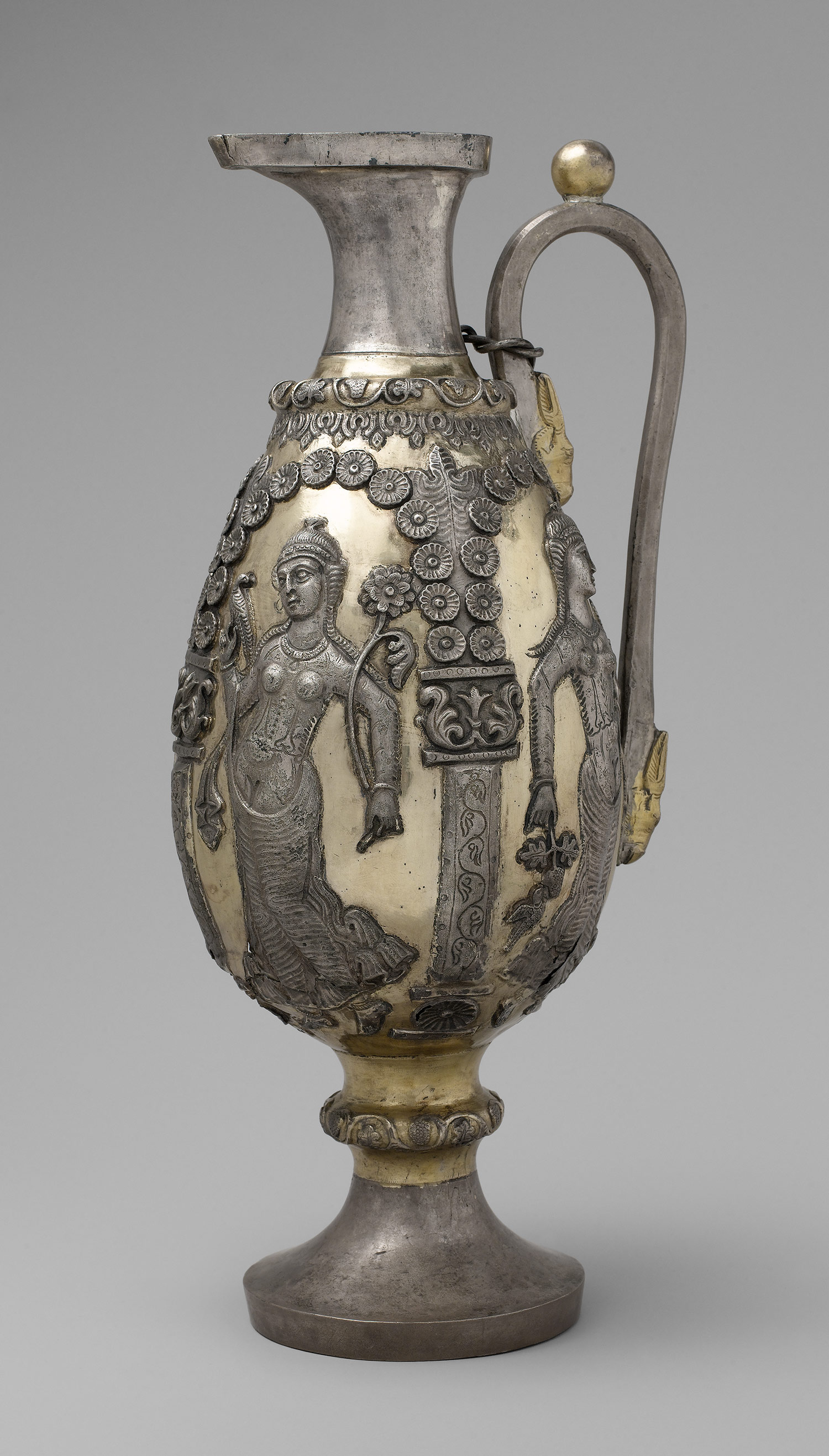


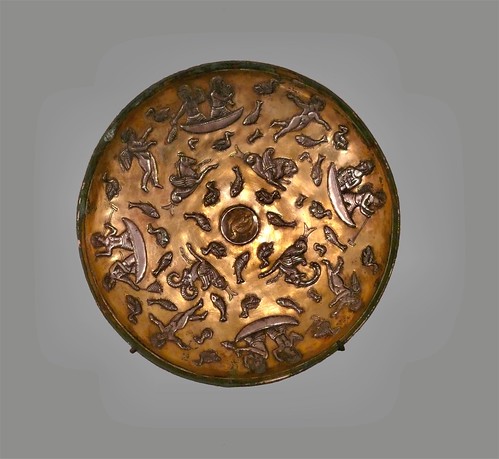


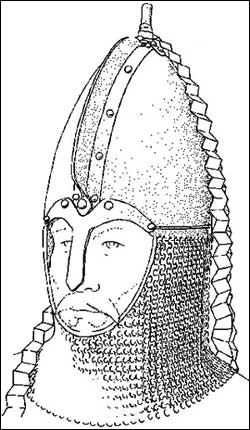
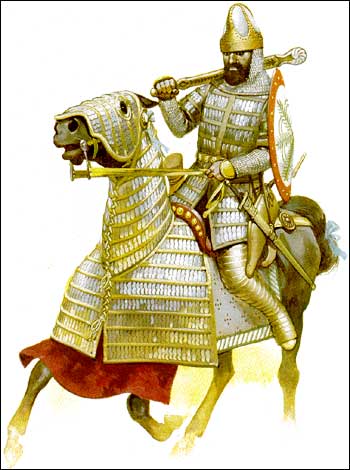
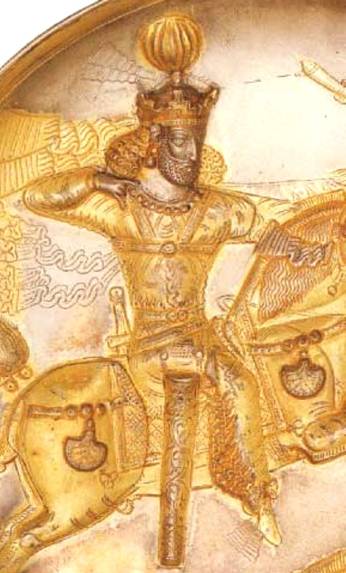

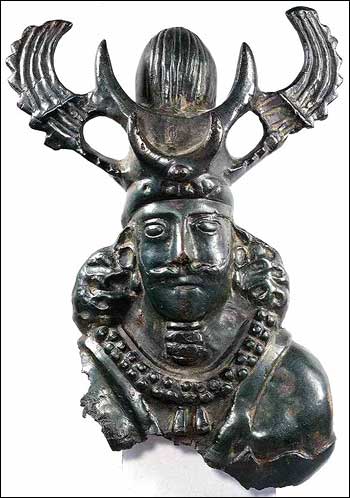



Regarding demographics, were there any type of social classes?
ReplyDeleteHere you go. It was in the Social Developments section.
Delete"They were divided into four classes: Priests, Warriors, Secretaries, and Commoners. At the center of this caste system was the Shahanshah, the king, ruling over the nobles. Priests, along with royal princes, petty rulers, and great landowners were identified as Bozorgan, or noble."
The visuals were great and I loved the videos, they were really helpful. I feel the like the videos explained it all perfectly, thank you.
ReplyDeleteWow!! You poured us with information. Thanks for being very detailed and adding many visual sources for support. I have no questions but I did find it interesting how the college of Gundishapur was the first hospital to separate patients according to their pathology. Never would have imagined they created this system.
ReplyDeleteIn the religion section tou stated that your empire practiced nestorian Christianity... Where did that originate from? And what brought about its appeal?
ReplyDeleteThere was so much information here. Thanks. Please elaborate on why their silver plates had such a strong meaning, and the pictures within them.
ReplyDelete"The function of the Shahanshah was to ensure that each citizen remained within the boundaries of their caste, so that the strong would not oppress the weak, nor the weak the strong."
ReplyDeletei thought this was very interesting and very cool for lack of a better word.You don't find this much in ancient civilization or even civilization in modern times. However, no questions,very extensive.
Great job, I really liked all the pictures! The Art was really extensive, which I appreciated. No questions :)
ReplyDeleteVery detailed and specific. You gave a good picture of the Sassanid empire on all levels, and I feel like your artifacts will stick with me. Interesting that, like the Indian caste system, it was a separation between Aryan and non-Aryan people. Did the Sassanids have a similar "untouchable" group? Was there social mobility?
ReplyDeleteI enjoyed your piece very much. Not long ago I bought some pieces, that I was told came from Afghanistan that are Sasanian in style and I wonder if you could comment about them. One looks like a stamp for making a seal. It is mostly iron , is 6 inches long and the seal part is 3 inches in diameter. There is some silver decoration on the side. The other is a plate about 6.75 inches in diameter that looks bronze but might have had a coating of silver once. I can send pictures, if I knew where to send.
ReplyDeleteThanks for your blog!